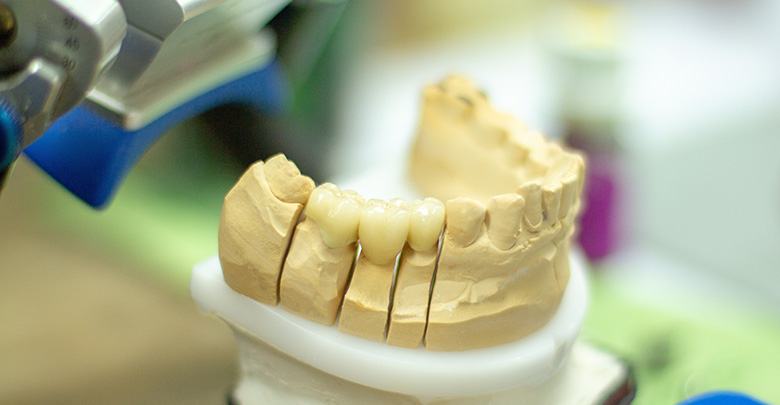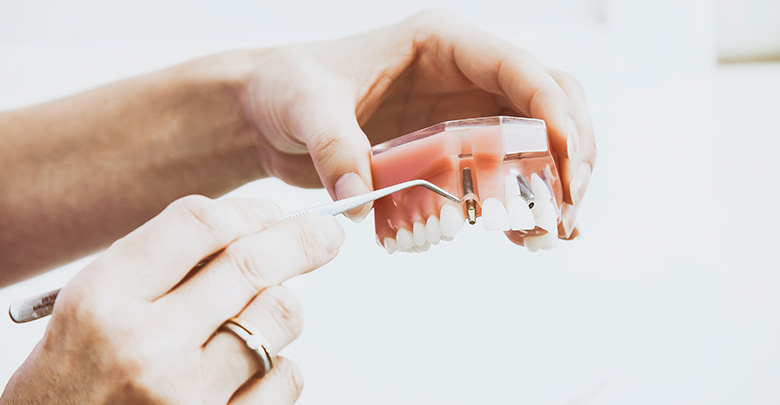
According to research by the World Health Organization (WHO), approximately 30% of people aged 65 and older worldwide are edentulous (have no teeth). Among adults aged 20 and older in the United States, approximately 23% (about 50 million people) have at least one missing tooth (unrepaired); approximately 10% (about 22 million people) are edentulous (the proportion is higher among those aged 65 and older).
The issue of tooth loss is becoming increasingly severe. After tooth loss or dental problems, we need to choose appropriate dentures to restore chewing function. I will now provide a brief introduction to various types of dentures to help patients in need select the most suitable option.
Basic Types and Classification of Dentures
Removable Dentures:
These are dentures that patients can easily remove or reinsert. Removable dentures primarily include the following types:
Full dentures:
Full dentures are suitable for elderly individuals who have lost all their upper, lower, or both upper and lower teeth. Full dentures are secured in the mouth using oral mucosal suction and can be easily removed or reinserted. They are relatively affordable and suitable for elderly individuals with limited financial resources. Full dentures can make your teeth and smile appear more natural.
Disadvantages:
Poor stability and prone to dislodgement.
Partial dentures:
A partial restoration suitable for patients with partial tooth loss. Partial dentures are secured by metal clasps or invisible rubber clasps attached to adjacent teeth. They are easy to remove and wear.
Disadvantages:
Metal clasps are aesthetically unpleasing, and long-term use may cause adjacent teeth to become loose.
Invisible dentures (elastic dentures):
The term “invisible” refers to the fact that the acrylic base has a slightly transparent color, similar to the natural color of gum tissue. Invisible dentures are primarily suitable for patients with 1-3 missing teeth. Invisible dentures rely on their own clasps to secure them to adjacent teeth. Patients can easily remove and reinsert them. Invisible dentures are more aesthetically pleasing and comfortable.
Disadvantages:
Not suitable for long-term use, poor durability, and prone to deformation with prolonged use.

Fixed dentures (fixed restoration)
In my view, fixed dentures can be divided into two types: crown restoration and implant restoration. Patients cannot remove the restoration on their own.
Crown restoration
Crown restoration involves creating a crown to completely cover the damaged natural tooth. Dentists permanently bond the crown to the patient’s natural tooth using adhesive agents. The most common types of crown restoration include:
Non-metal crowns:
The primary material is stainless steel. Advantages include high strength and low cost. However, they have poor aesthetics, so metal crowns are primarily used for posterior tooth restoration and rarely for anterior teeth.
Precious metal crowns:
The primary material is gold. Different gold content options are available, with gold content determining the price.
Cobalt-chromium porcelain-fused-to-metal crowns:
The inner crown is made of cobalt-chromium metal, with a layer of porcelain powder on the surface. Compared to metal crowns, they offer significantly improved aesthetics at a price that is not much higher. Disadvantages: The porcelain layer on the inner crown may crack over time, commonly referred to as “porcelain chipping.” Additionally, the gumline around the porcelain-fused-to-metal crown may darken. Therefore, porcelain-fused-to-metal crowns are primarily used for posterior tooth restoration or for anterior teeth when aesthetic requirements are not stringent.
All-zirconia crowns:
The primary material is zirconia. All-zirconia crowns are translucent and natural-looking, with excellent aesthetics, high hardness, and good cost-effectiveness.
All-ceramic crowns:
The primary material is also zirconia. However, during the manufacturing process, an additional porcelain application step is added compared to all-zirconia crowns. Natural teeth have natural patterns, and if a dental crown is to have such patterns, they are achieved during the porcelain application step. All-ceramic crowns have a shape and appearance that closely resemble natural teeth. Of course, their price is among the highest, second only to precious metal crowns. They are primarily used for anterior tooth restoration.
Temporary resin crowns:
The primary material is resin. They are simple to manufacture, cost-effective, and intended for temporary use. Prolonged use may cause deformation. The typical lifespan of dental crown restorations is 8–15 years (excluding temporary resin crowns).

Implant restoration:
This is a surgical procedure that involves inserting an artificial tooth root (implant) into the alveolar bone, then attaching a crown, bridge, or denture to restore the function and aesthetics of missing teeth. Implant restoration primarily consists of an implant, an abutment, and an implant base. As the name suggests, an implant is placed in the oral cavity. It is surgically inserted into the tooth’s bone socket. Implant bases are typically made of biocompatible materials such as titanium alloy or pure titanium. There are various implant options, including domestic and imported options, with significant price differences.
Implant restoration is suitable for:
- Those with one or more missing teeth who have healthy adjacent teeth and are reluctant to rub their teeth;
- Those with completely edentulous jaws (All-on-4/6 technique);
- Those with good alveolar bone conditions.
The lifespan of dental implants is at least 20 years. Implant technology is now mature, and some hospitals even offer lifetime implant warranties.
Summary:
Teeth play a vital role in chewing food, assisting with pronunciation, and maintaining facial expressions. We should take good care of our teeth in our daily lives. If you’ve already lost a tooth, don’t be overly sad. Consult a dentist to choose the most suitable restoration based on your individual needs. Regain your confident, bright smile.
